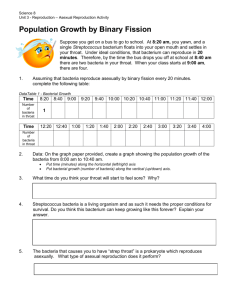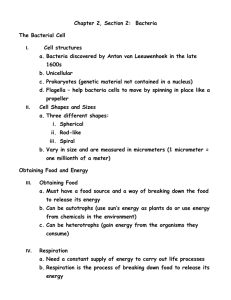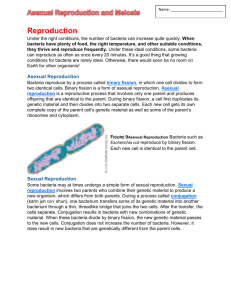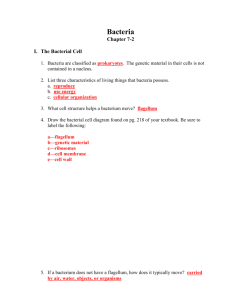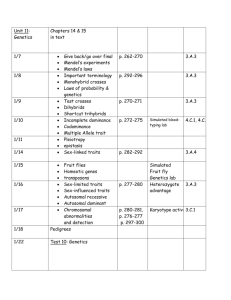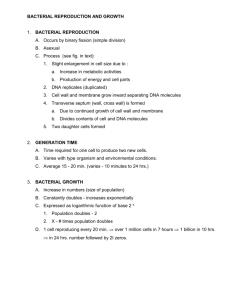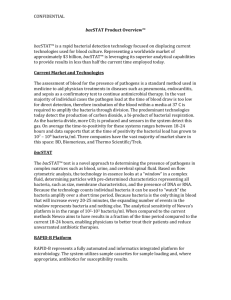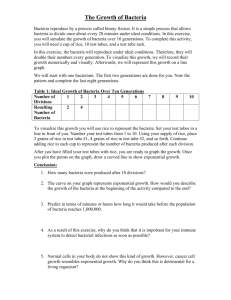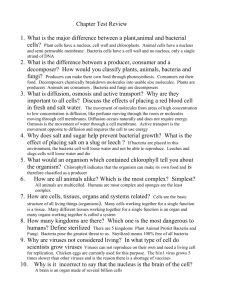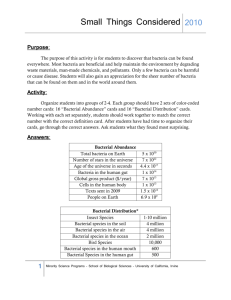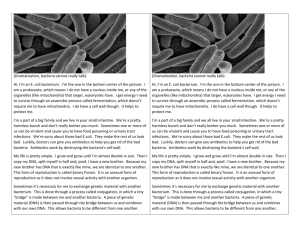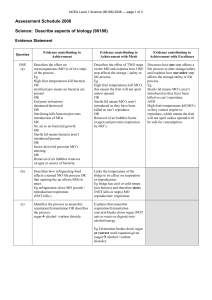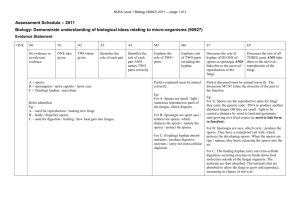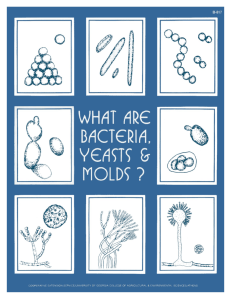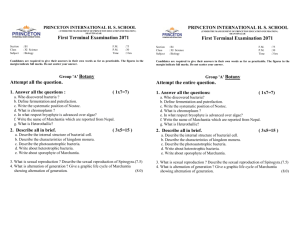Teacher`s Notes - University of California, Irvine
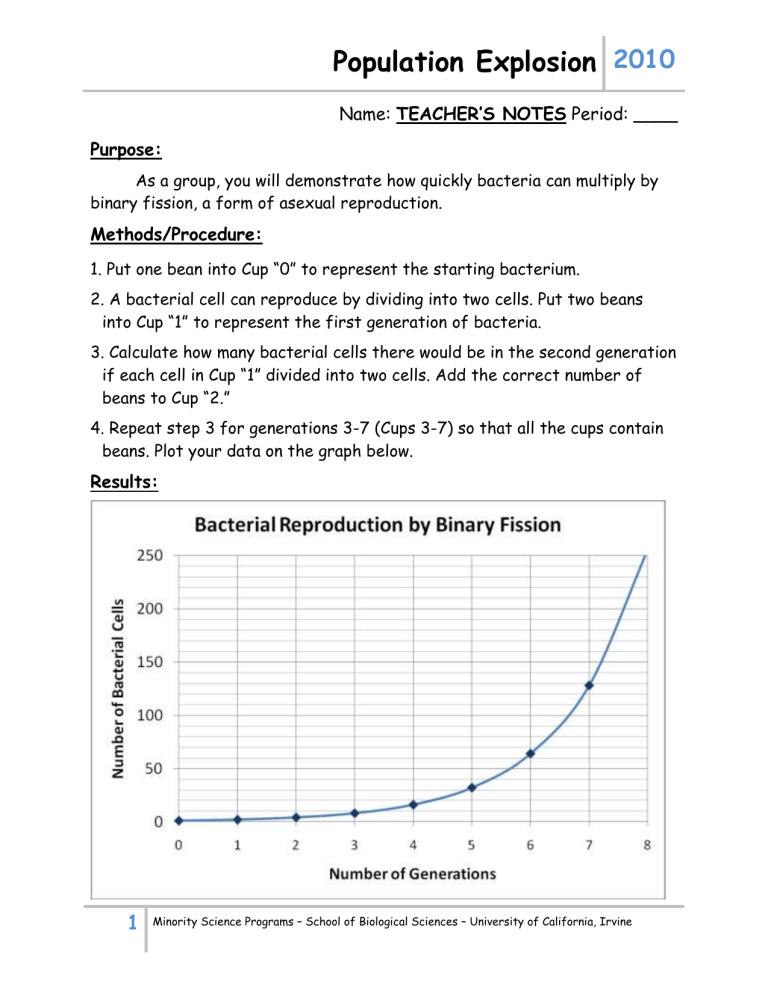
Population Explosion
2010
Name: TEACHER’S NOTES Period: ____
Purpose:
As a group, you will demonstrate how quickly bacteria can multiply by binary fission, a form of asexual reproduction.
Methods/Procedure:
1. Put one bean into Cup “0” to represent the starting bacterium.
2. A bacterial cell can reproduce by dividing into two cells. Put two beans into Cup “1” to represent the first generation of bacteria.
3. Calculate how many bacterial cells there would be in the second generation if each cell in Cup “1” divided into two cells. Add the correct number of beans to Cup “2.”
4. Repeat step 3 for generations 3-7 (Cups 3-7) so that all the cups contain beans. Plot your data on the graph below.
Results:
1
Minority Science Programs – School of Biological Sciences – University of California, Irvine
Population Explosion
2010
Questions:
1. How many cells would there be in the 8 th Generation? 256
2. If bacteria reproduce every 20 minutes, how much time has elapsed by
Generation 7? 20 x 7 = 140 minutes (2 hours 20 minutes)
3. Describe the pattern you see in the way the bacterial population increases over time. The population doubles every generation and the slope gets steeper (the growth rate increases).
4. Why is the slope for Generations 6 and 7 so much steeper than for
Generations 1 and 2? The population size is larger so the growth rate is also faster because growth rate is directly related to population size (“exponential growth”).
5. Explain why the number of bacteria can increase so rapidly in a short period of time. The population is growing exponentially. Also, there is not time spent going through meiosis or fertilization.
6. What benefit is there in knowing how bacteria reproduce?
Knowing how bacteria reproduce can help us to promote growth of good bacteria and prevent reproduction of harmful bacteria.
7. What are 2 types of reproduction in bacteria?
Sexual (conjugation) and asexual (binary fission) reproduction.
2
Minority Science Programs – School of Biological Sciences – University of California, Irvine


